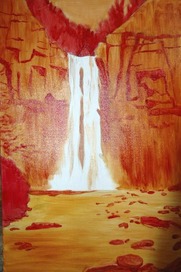 This is a painting I started of Taughannock Falls in Trumansburg, NY. The following is a progression of the different stages of the painting. It is done in oils on a 24"x36" canvas. First, I decided to do my under layer in reds, oranges and yellows. I did this to set my tones and values and to establish a vibrancy that would come through in the finished work. It was also helpful in blocking in the different aspects of the scene like the rocks, trees, etc. The colors I used were vermilion, cadimun yellow, burnt sienna, and yellow ochre. 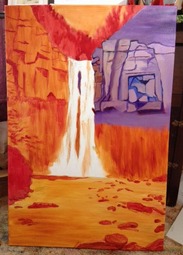 I began blocking in the rock shapes with mixtures of dioxazine purple, ultramarine blue, cobalt blue, burnt sienna, and white. I loved the contrasting purple alongside an almost periwinkle blue, and decided to go with that color palette for the rest of the rock formation. 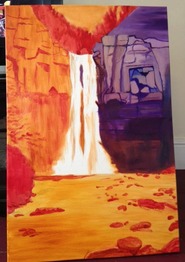 Here I finished the bottom of the rock formation and darkened it with burnt umber mixed with the ultramarine blue and purple. 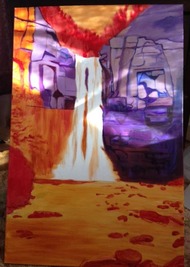 I began the left side of the rock formation continuing with my color palette. As I finished the work for that day, the afternoon light came in through the window and fell on the painting in such a beautiful way. 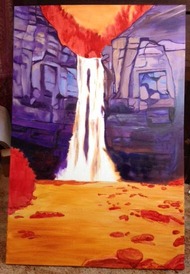 I finished blocking in the left side of the rock formation. I will add more detail later on but now it is time to start on the rocks in the water. 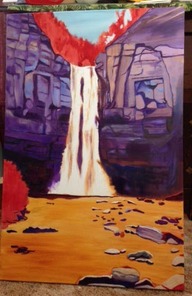 I painted the rocks in the water with yellow ochre and white for the tops and different shades of purple for the sides and the bottoms. The rocks are lighter on top where the light hits them. I also painted the sky with a mix of mostly cerulean blue, along with a little cobalt blue and white. 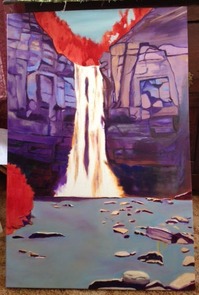 Now it is time to paint the water. I used cobalt blue with a little ultramarine blue mixed with white. I thinned this paint somewhat and the yellow ochre underneath helps to give it a blue/gray hue. I also lay in a little purple to tie the water to the rock. 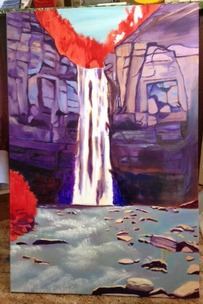 I added white to the water below to bring it to life! I used a Bob Ross 2" brush. I use the flat edge of the brush and "hit" the white onto the canvas. There are no strokes. It gives the effect of rushing, moving water. For those who are old enough to remember Bob Ross on tv (with his happy little clouds and trees), I will be eternally grateful for his happy little 2" brush! 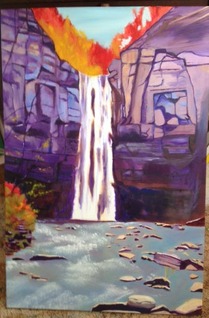 Now I move on to the bush to the left and the trees at the top of the falls. I decided on a fall season because I didn't want to get rid of all the red in the painting. Red really makes a painting pop and I try to include it if I can. I painted some of the trees on top with a chrome yellow. For the bush to the left, I also used chrome yellow and added some sap green and terre verte. 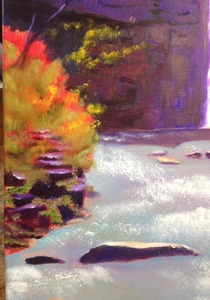 This is a closeup of the bush. I wanted to lay in some rocks to give the bush interest, so I used purple for the bulk of the rock and then highlighted the tops with white. 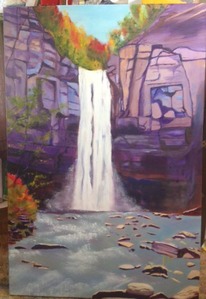 I added greens to the trees above the falls and also added some leaves to branches entering the scene from the left, above the bush. Now it is time to work on the waterfall - to fill in gaps of color with white and to create a mist at the bottom of the falls. Again, this was done with my Bob Ross brush. 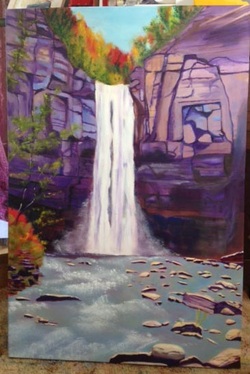 I finished up the branches to the left and put in some dark tree trunks and limbs at the top. The painting is complete! I hope you enjoyed viewing the process!
0 Comments
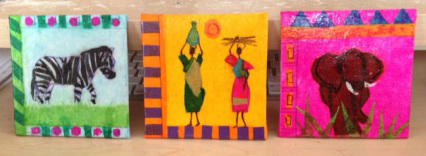 I painted with watercolors for years and was content at doing that. But then, I discovered oils and a whole new world opened up for me. Recently, I've been trying my hand at mixed media, using art tissue paper and waterproof, ultra fine point markers on canvas board. Ooh la la! My whole style has taken on a different angle and a primitive one at that. I find this media perfect for exploring African Art. African Art is full of shapes and designs. I find an earthy freedom in it. I am still new at the process and I'm learning as I go, but isn't that what makes life interesting anyway? Sometimes I'll stumble on my own across a new and challenging art form to try. Other times, the good Lord will bring someone across my path who will open up new art methods and techniques to me. Whichever ways the opportunities come, I will take them! 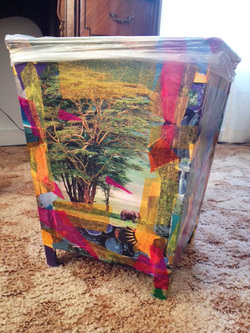 I am lucky enough to work with one of those people who can turn a garbage can into a work of art - literally! My colleague, Peg, is one of those people who can transform the environment with creativity. We work in the basement of, what used to be, the old library in Tompkins County. It's always been dark and pretty drab. That is, it was until Peg arrived and things started to brighten up some. The horrible, brick walls got whitewashed. The awful, dingy cabinets were sponge painted a teal blue and the handles were replaced with colorful knobs. Art began appearing on the walls. Last week, Peg showed me an old, rusty, metal garbage can that she had decoupaged. It was love at first sight! She had taken pictures from a magazine I had brought in on Africa, and, along with tissue paper, had transferred them to the trash can. I don't know, there was something about it that just hit me. It was the fact that somebody took something ugly and put in the time and effort to make it beautiful. I have come to the conclusion that beauty is essential to a healthy life. We can become so wrapped up in the routine and so used to the commonplace that we lose our sense of wonder. We become dull. There are countless ways to counter that though, and people do it all the time. I have a friend who puts fresh tulips on her table in January. I have a cousin who bakes cakes and not just any kind of cake. Her cakes are works of art! Any touch of creativity that lifts the spirit has more worth to it than one might guess. So, cheers to Peg and all the other artists who see potential in the everyday drab of our surroundings and add their touch to make a difference! I read somewhere that Diego Velazques, the famous Spanish painter in the court of King Philip IV, would pull down paintings that were on the walls for years and paint on them again.
I find that oddly reassuring. There are times when I've done all I could with a painting and am still not satisfied with the outcome. There are other times when I get so sick of working on one painting, that I hurry up and "finish it," because I am so bored. No surprise there when the result is lacking. But, the alternative - cranking out a work when your heart is not in it, can suck the creativity and joy out of the whole process. So now, I take a painting that is finished or almost finished and I stick it on the wall for awhile. Over the following days, weeks, or months, I will look at it and usually come up with ideas or changes I could make to improve it. I don't pressure myself. I just hang the painting and let it kinda percolate on the wall. As far as worrying about when the creative juices will flow again? I don't. I let the deep sleep. When I'm ready, I add or take away from the piece as I see fit. Then I stick it back on the wall again to see if anything else comes to mind. I did that with my flamingo painting. I was not satisfied with my first attempt, although I called it "finished." So, I stuck it on the wall. I just couldn't reconcile myself to the lackluster pink I had used to paint the flamingos. I started searching for coral paints and discovered one by Lefranc & Bourgeos that knocked my socks off ! Funny how a new paint or brush can be a total mood changer! I reworked the flamingos and added a few new ones. I wanted to instill a little fun by having a flamingo staring out of the painting at the viewer. I'm much happier with this piece, but am I done? I don't know. It's going back on the wall for awhile, and I'll let you know when it's completely percolated! 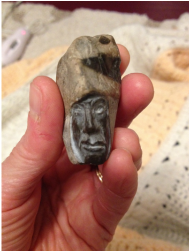 The other night I went to an art exhibit at a gallery in Watkins Glen, NY. I had a painting displaying there and I asked my niece, Joyce, if she would go with me. Joyce is one of those easy going people who's ready for anything. At 21, she unknowingly possesses a kind of understated coolness which is the best kind of cool to have. The gallery was small but full with art in many different mediums. There were oil and watercolor paintings, ink and pastel, glass, pottery, sculpture, silk screen, and collage. Joyce and I made our way around the displays twice. It was on the second tour that I discovered some small, carved rocks that I had missed the first time around. I like rocks in general, but here were some rocks with faces carved into them. Most people would look at a rock and just see rock, but not this artist. He saw something that didn't exist yet, but could. Every piece of art has a story. The artist's life is in there, wrapped up somewhere in the work. Sometimes the artist communicates it in words, but most often he doesn't. The viewer is left to ponder the piece in front of him, and to wonder why it evokes the kind of internal response that it does. Successful art is about connecting. I don't necessarily mean that it has to be with the artist. It's connecting with yourself. People look at art in different ways, they interpret it differently. It means different things to different people. But, when you view a piece of art and something happens inside of you, you know it. Maybe it's caused by the color scheme, or light, or subject matter. Whatever it is, it evokes a response, a feeling, or something deeper that you might not be able to express. Somehow, art helps you connect with yourself. It's kind of like when people say they connect with nature. I think they are really connecting with themselves in nature. And in this fast paced culture where we can lose ourselves in busyness, entertainment, and social media, anything that helps us connect with ourselves is a gift. I was fortunate to find out something about my sculptor from the gallery owner. She told me that he was local and had been an art teacher in the high school for years. He traveled and brought back rocks from around the world. The man was now in his 80's and there were only a handful of his rocks available for purchase. His family didn't want him to sell any more. Hearing that was enough for me. I had just gotten paid and had a little money to burn. "Ring me up that rock!" I told her. My rock sculpting gentleman wasn't there that night, but I wish he had been. I would have made a point of meeting him, shaking his hand, and saying, "Thank you for the gift." The next time you see a piece of art that really grabs you and you're struggling with whether you should buy it or not; go ahead and just do it. It's worth the connection. 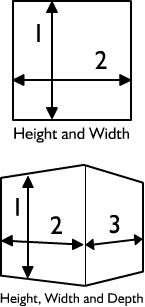 Perspective has a Latin root meaning "look through" or "perceive," and all the meanings of perspective have something to do with looking. I like that. If you observe the world from a bird's perspective, you see through the bird's eyes. In drawing, perspective gives your drawing the appearance of depth or distance. Perspective is the technique used to represent a three-dimensional world (what we see) on a two-dimensional surface (a piece of paper or canvas) in a way that looks realistic and accurate, as we see it in nature. Perspective is used to create an illusion of space and depth on a flat surface. Young children, while being creative, have little understanding of perspective. Ask a 5 year-old to draw a box and she will probably draw a square with height and width. However, someone with perspective would add depth to the picture and create a cube. Perspective is also the relationship of objects to each other and to the picture as a whole. If you want to paint a landscape with a field in the foreground, trees in the mid-ground and hills in the background, you will have to create the spatial relationships of the objects to each other - their distance from each other in terms of size and the effects of distance in their appearance. For example - the colors of hills in a background seem to fade. They get lighter as they get farther away. Incorporate this into your painting and you give the illusion of depth and distance. There are aspects of gaining perspective in art that can be translated into gaining perspective in life. I like finding depth and meaning in what I do, where I am, and who I interact with. I'm big on purpose. I find that when I lose perspective, I tend to lose my sense of purpose too. Here's an example: I'm a GED instructor at a correctional facility. Last week, I had one student blow off class. All the hard work we had done didn't matter to him, nor did the fact that the test was only three weeks away. He was done because he didn't feel like doing the work. I got mad and then I got discouraged. Was I beating my head against a wall? Were my attempts at making a difference futile? Should I quit? These questions got me in a funk, and it wasn't until the next day that things started turning around. I was driving to work when this thought meandered into my consciousness. I had focused on one student who blew me off and I had lost sight of the four other students who were sitting in class, working hard, and making me proud! In that little moment I gained perspective. Nothing earth shattering, but important to me nonetheless. Another definition of perspective is this: the ability to see all the relevant data in a meaningful relationship. The ability to see all the relevant data in a meaningful relationship - seeing the whole picture. Perspective is one of those words that's a little dull like the words "objectivity" and "sensible". It doesn't dazzle like "ephiphany" or "paradigm shift." For all that, it's hard won and wears well for the long ride. 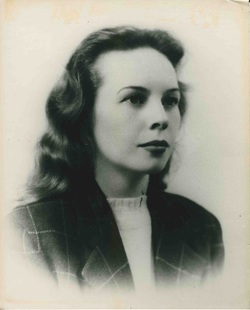 If talent can be inherited, then I got mine from my mother, Joyce Saxon Dennihy. My mom expressed herself through music, writing, and art. Five children and a career in nursing didn't leave her much time to pursue these talents, but she left evidence that they were indeed a part of her make-up as a person. So was her appreciation for anything inspirational. When I was a kid, my favorite Christmas present was an art box that my father made and that my mom filled with paints and brushes. She always encouraged my art and would go gaga over any little sketch or painting that I produced. When I hit my teens, my interests changed and I pretty much got out of art altogether. It wasn't until my 40's that I took it up again. We lost mom to cancer when I was 16 and she was 44 years old. I'm thankful for the time we had her. She was the first person who modeled for me an appreciation of beauty, a quest for purpose, and the importance of simple kindness. So, here's to you, Mom! Thanks for all the times you cheered me on. Even now, I can still feel you in my corner. All Sketches by Joyce Saxon Dennihy
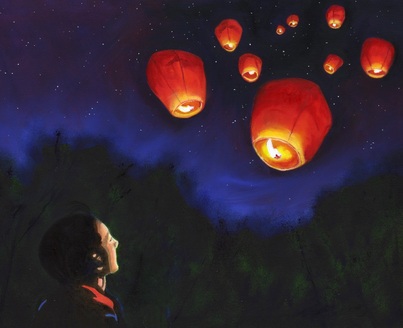 It's hard to describe the feeling I get when launching a flying Chinese lantern. This lantern is super light and made of thin wire and paper. There is a small fuel cell of wax to attach to the bottom and light. The heat from the wax causes the lantern to expand and rise. The lantern floats into the night sky like a glowing balloon of good will until it disappears from view. Flying Chinese lanterns mean different things to different people. Legend says that the lanterns were used in Taiwan when towns were attacked by bandits during the Chinese New Year. Local residents would hide in the mountains until they saw the lanterns released by village watchmen. Their sight meant "it was alright to return home." Some people consider flying lanterns to be good luck - a symbol of their problems and worries floating away. A red lantern symbolizes celebration, the orange represents wealth, the white stands for health, and the pink ones symbolize love and friendship. Other people consider the modern flying Chinese lantern as a carrier of people’s prayers. Before releasing them to the sky, people write down their wishes, hopes and dreams on the lantern as a way of delivering the messages to heaven. For me, the flying lantern embodies hope. I hold it gently while it fills with air and then, when it is able to ascend on its own power, I let go. It's the darndest thing - when that lantern rises, I feel my own heart rise. It happened the first time I saw it and has happened every time since. I feel a crazy kinship to that floating ballon. It breaks free of earth like a transcending pilgrim and heads off. To where? Who knows. But somehow, watching that glowing light rise until it disappears makes me feel a little closer to heaven than to earth. Ella Zimmerman is one of my art students. She is a fun, expressive, little girl. She recently wrote an essay on why she likes art and I wanted to post it. Here's Ella!
When I was little I wanted to do art class like my brother. You don't think I would have ever had the chance to be in art class? Well, that all changed when I turned nine. The reasons I like art class are: There is so much to do in art, not just painting. You can sculpt, sketch, and a lot of other things. Even music is a type of art. When I was younger, I thought it was just painting and drawings. Turns out I was wrong. There are so may colors you can use. Art is very colorful. It's like a big rainbow. You can never stop mixing them together. Art is not considered weird if you have a green sky. That is why I am a very colorful girl too. You can express yourself. You can draw with a lot of different colors or with none at all. When I say you can express yourself, you could literally use dog hair in your picture and no one would judge you. Well, that's if you say you were expressing yourself. So, do you want to join art class?! Below I made up a conversational scenario between the right and left sides of an artist's brain. But first, here's a brief summary of how the two sides of the brain operate . One is often more dominant than the other in an individual. It's interesting to find out which side is dominant in you. There is an quick online Right Brain vs. Left Brain Creativity test you can try at http://www.wherecreativitygoestoschool.com
What Is Left Brain - Right Brain Theory? According to the theory of left-brain or right-brain dominance, each side of the brain controls different types of thinking. Additionally, people are said to prefer one type of thinking over the other. For example, a person who is "left-brained" is often said to be more logical, analytical and objective, while a person who is "right-brained" is said to be more intuitive, thoughtful and subjective. The Left Brain The left-side of the brain is considered to be adept at tasks that involve logic, language and analytical thinking. The left brain is very sequential. Those who are left-brained are list makers. Scheduling, making lists, checking tasks off in order of completion, and knowing what comes next are all things that a left-brained individual enjoys. It's the way that makes the most sense to them. The left-brain is often described as being better at:
The Right Brain The right side of the brain is best at expressive and creative tasks. Right-brained people get just as much done, but they don't prioritize. If you are right-brained, you would be more prone to jump from task to task, doing a bit on each, but not finishing one before you moved to the other. Right-brained people prefer to work on what they feel like working on, as opposed to what a list tells them comes next. Some of the abilities that are popularly associated with the right side of the brain include:
Conversation Between the Right and Left Sides Of An Artist's Brain: Righty: I'm ready to paint a masterpiece today! Lefty: What about our "To Do List?" There's laundry and bills and don't forget we need to get the dog groomed. Righty: We've been working all week on that list! I feel inspired right now! Time to strike while the iron is hot! Lefty: (Sigh), ok. What are we going to paint? Right: I'd like to try and capture the colors in the maple tree in the yard. Lefty: What's to capture? It's a tree with a brown trunk and green leaves. Righty: The problem with you, Lefty, is that you never really see things when you look at them. There are so many different colors and textures in the trunk of a tree; colors which show the reflections of sky, grass, and whatever else is in its vicinity. Lefty: You will, at the very least, paint the leaves green, won't you? Righty: Who's to say leaves must be green?? Lefty: Uh, ever hear of chlorophyll? Righty: Art is unpredictable, lefty! Ever hear of Van Gogh? Lefty: Yeah, he's the guy who cut off his ear. Right: He did a lot more than just cut off his ear! His work is renown for its passion and movement! Lefty: Well, all I can say is that his left side must have been sleeping on the day of surgery..... what are you doing now? Righty: I'm drawing the leaves. Lefty: That looks like a cloud. Righty: It is a cloud. Will you zip it and let me work?! Lefty: Trees don't grow that high into the sky. That looks ridiculous! What will people think? Righty: I don't care what people think! If it if was left up to you, you'd probably draw every individual leaf. Left: At least it would look like a tree! Right: You're a bore, lefty! Lefty: Yeah? Well, you're a weirdo! Silence Righty: Listen Lefty, if I promise to get back to that list later today, will you leave me alone for awhile and quit interjecting yourself into my work? Can we make a deal? Lefty: Ok, deal. I guess I could go take a nap for a couple of hours. Righty: Sweet dreams, Pal! Now to get into my zone... |
AuthorI thought I'd write a few thoughts on art, life and whatever else comes to mind. Archives
March 2023
Categories |
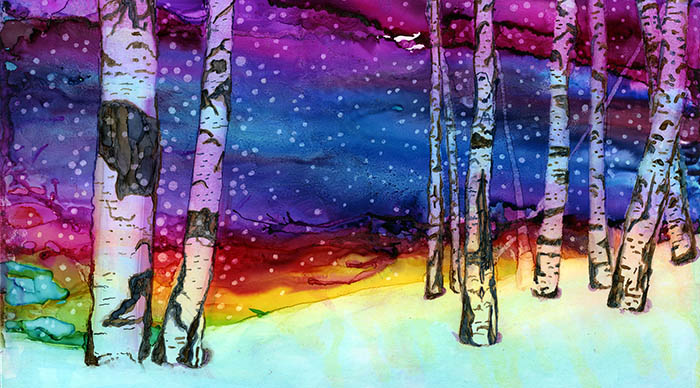
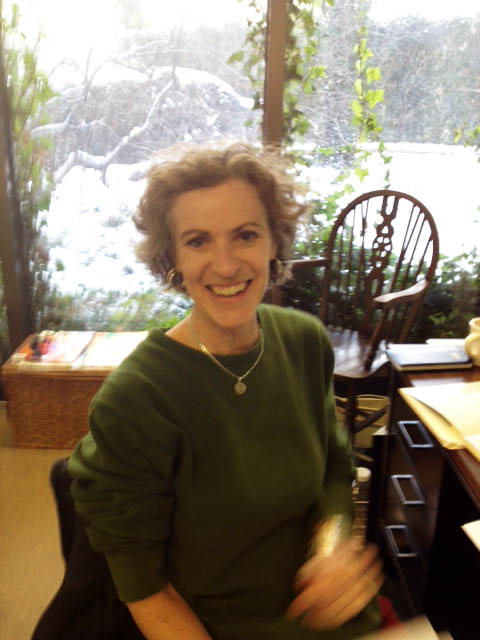
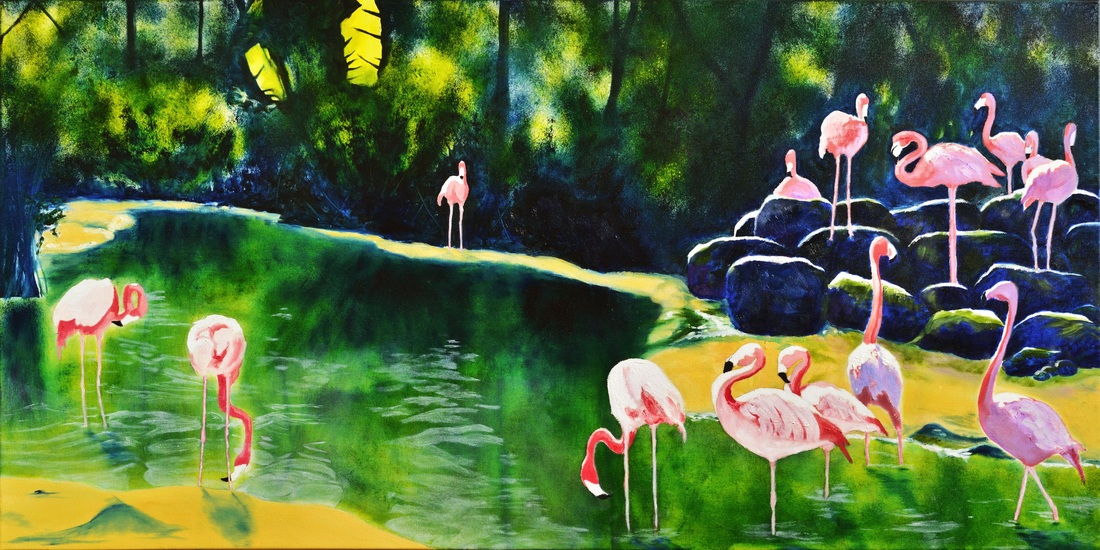
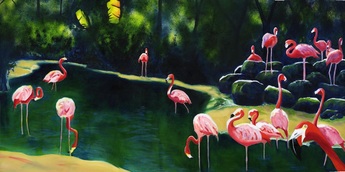
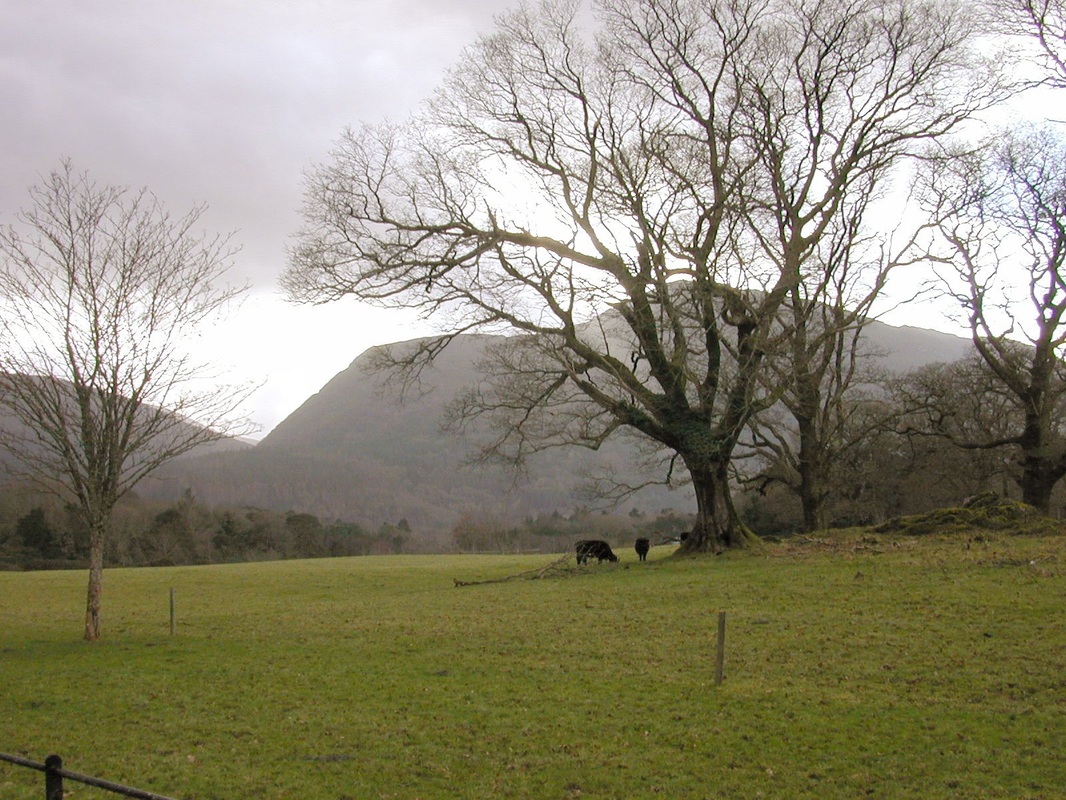
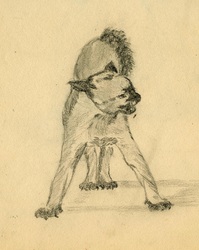
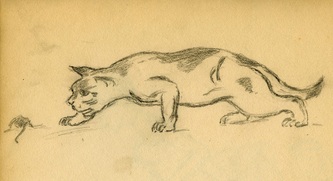
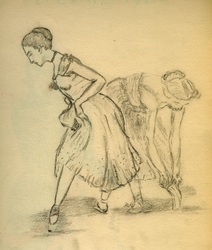
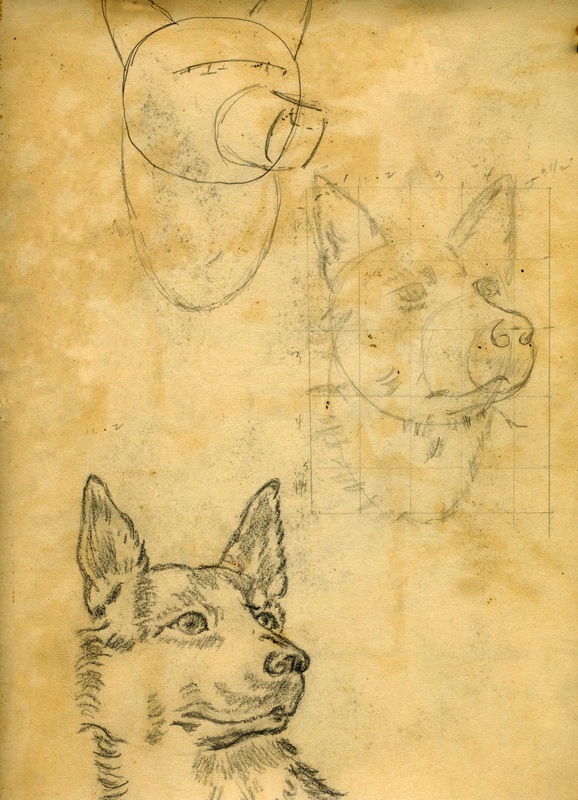
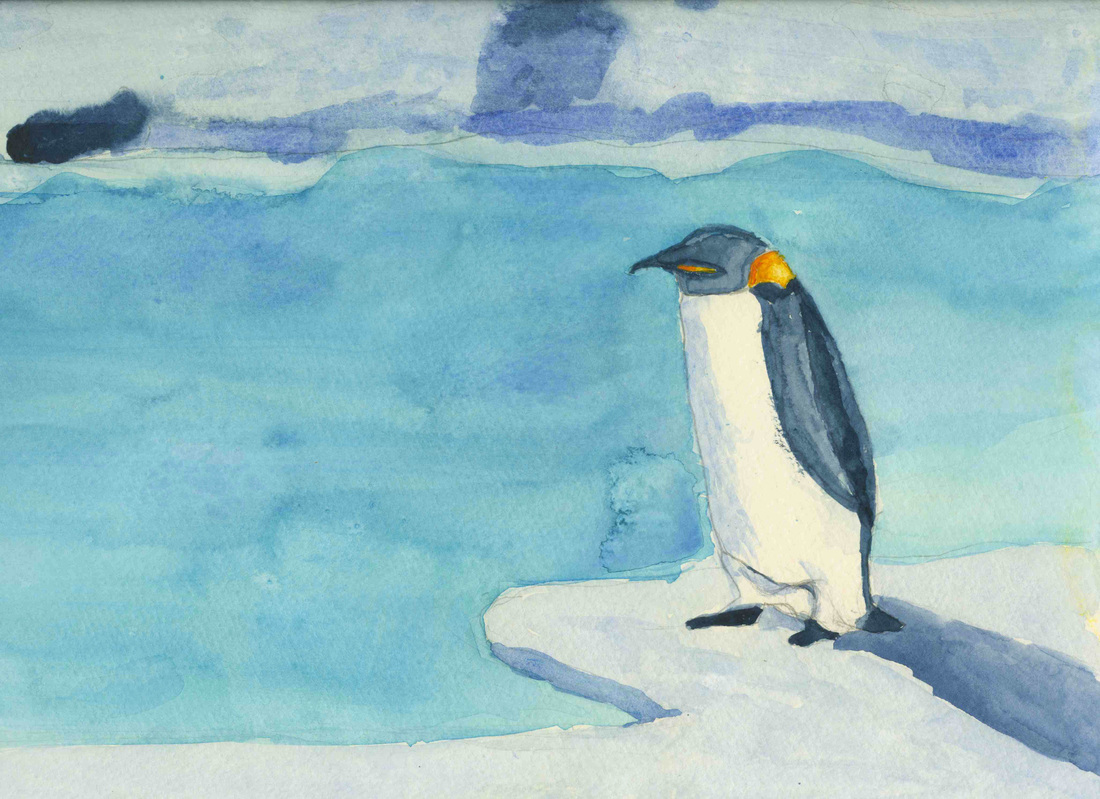
 RSS Feed
RSS Feed
